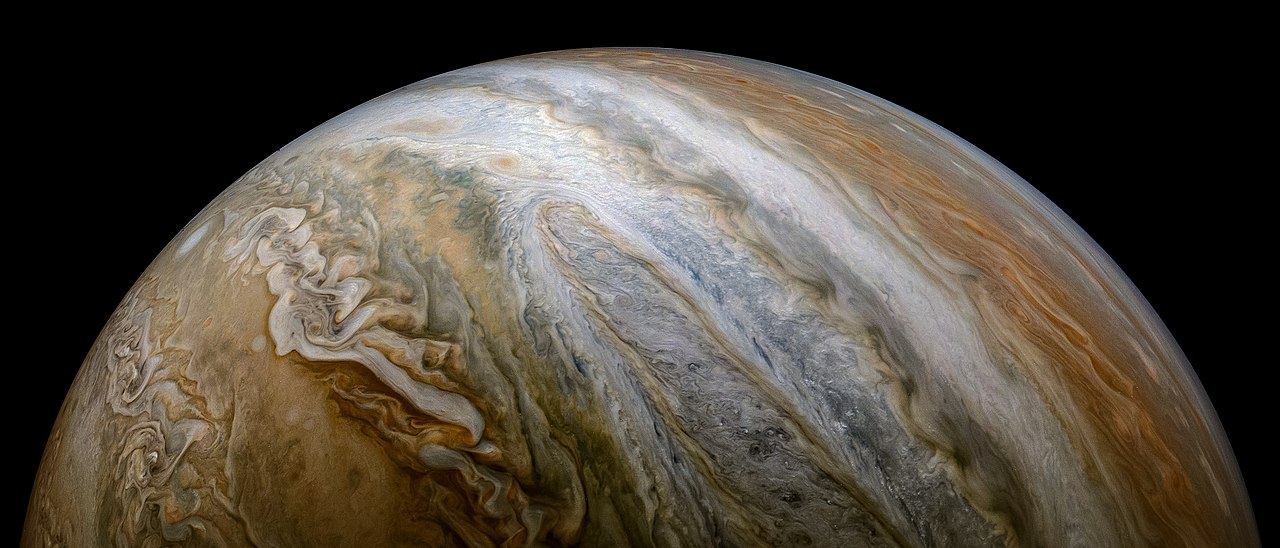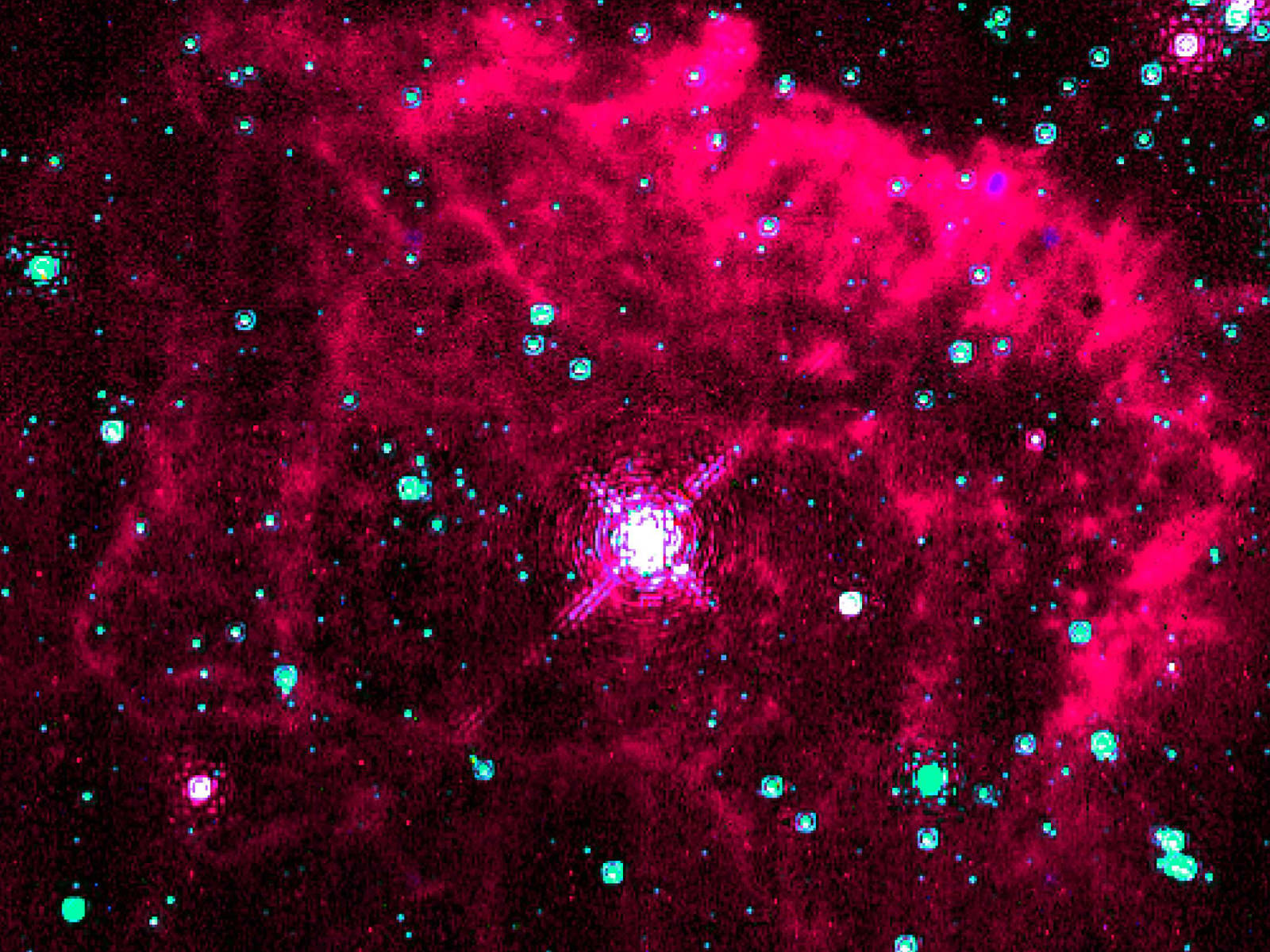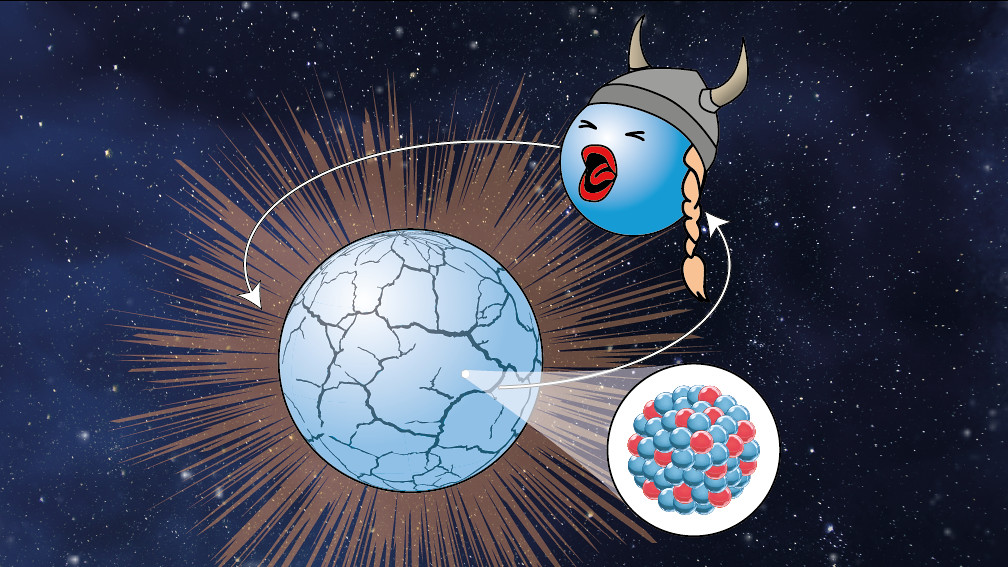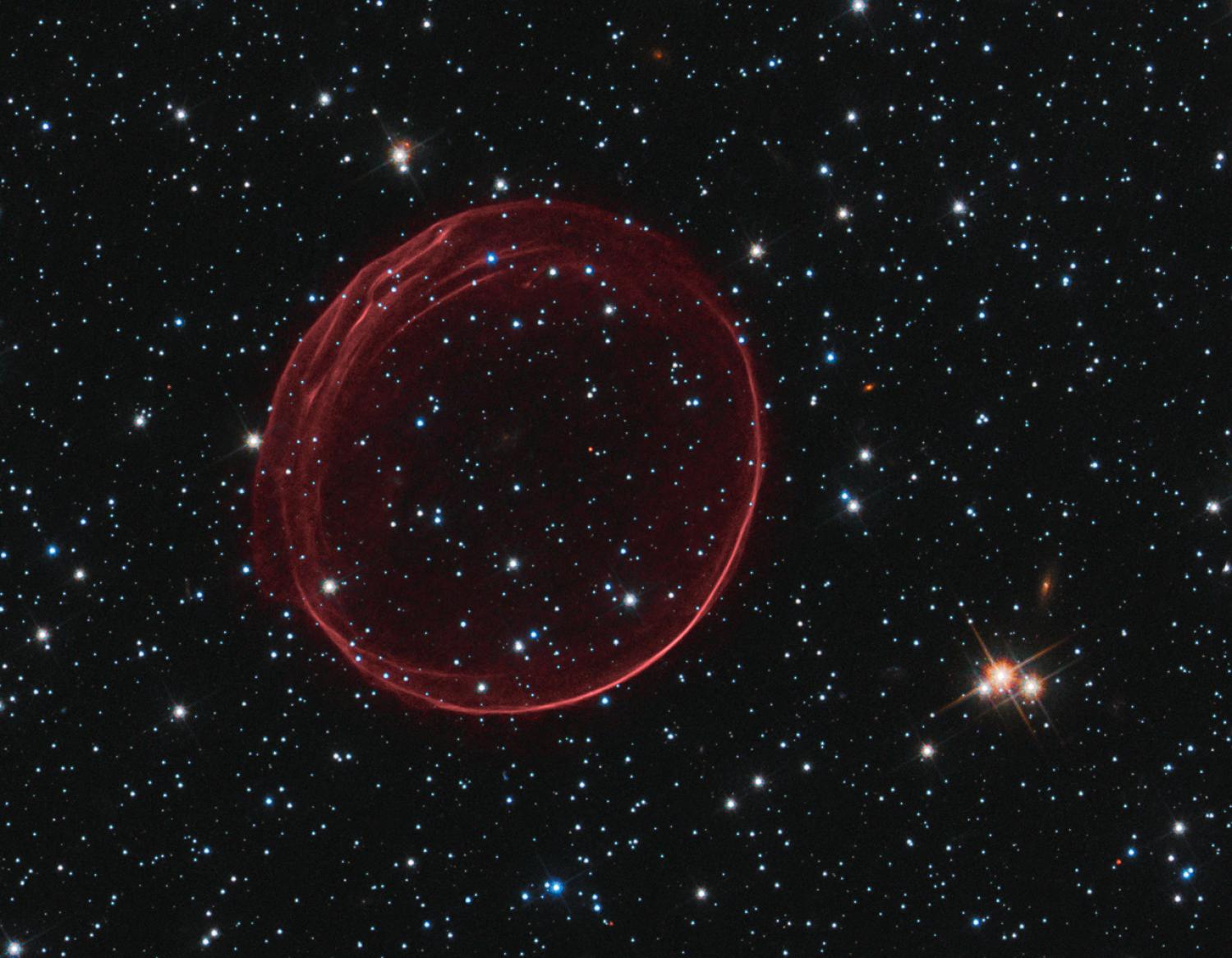Roughly a century ago, scientists began to realize that some of the radiation we detect in Earth’s atmosphere is not local in origin. This eventually gave rise to the discovery of cosmic rays, high-energy protons and atomic nuclei that have been stripped of their electrons and accelerated to relativistic speeds (close to the speed of light). However, there are still several mysteries surrounding this strange (and potentially lethal) phenomenon.
This includes questions about their origins and how the main component of cosmic rays (protons) are accelerated to such high velocity. Thanks to new research led by the University of Nagoya, scientists have quantified the amount of cosmic rays produced in a supernova remnant for the first time. This research has helped resolve a 100-year mystery and is a major step towards determining precisely where cosmic rays come from.
Continue reading “Astronomers Locate the Source of High-Energy Cosmic Rays”









